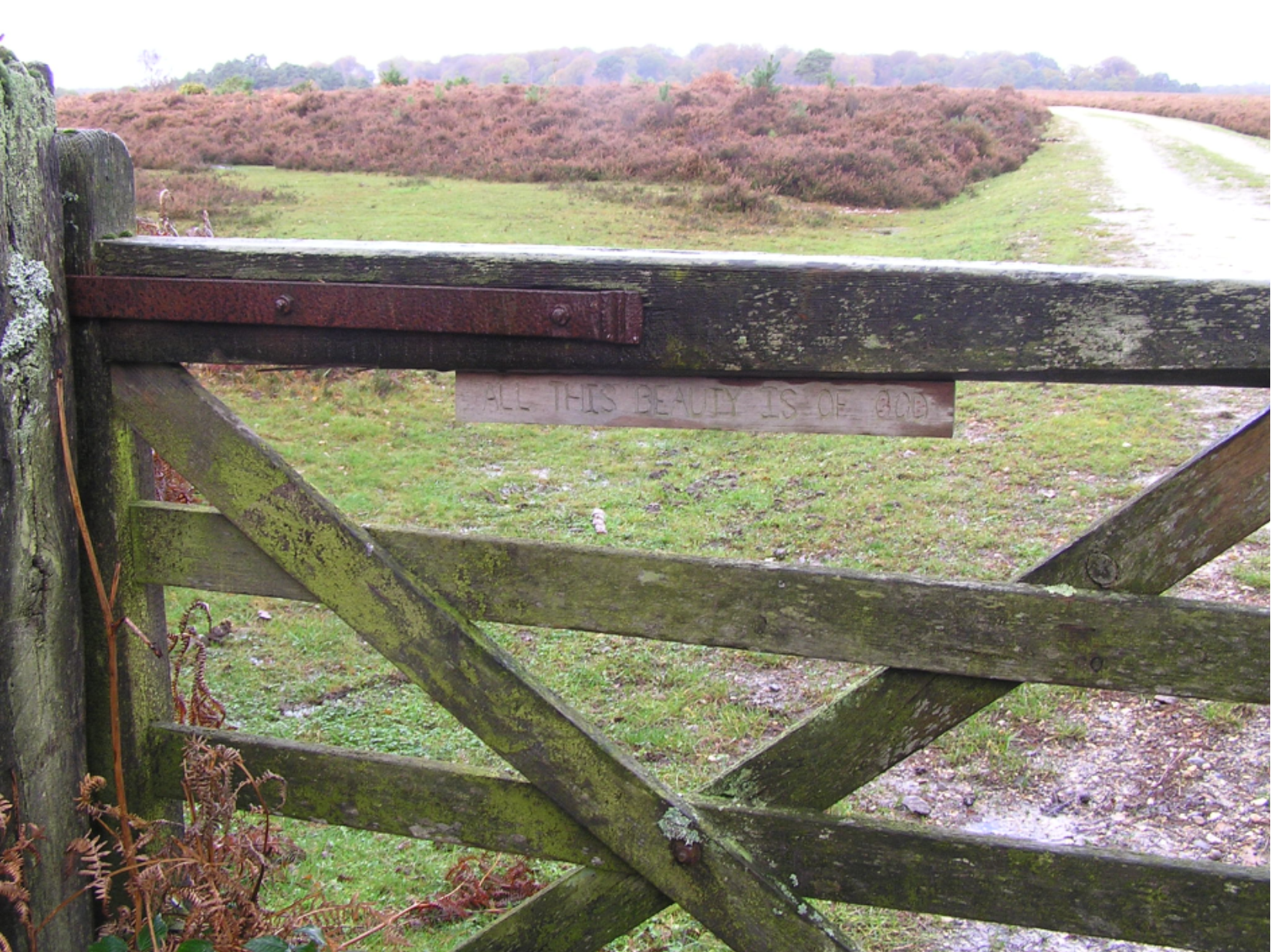Walking with the dogs along Blackensford Brook
A long walk through the Forest on Christmas morning has always been compulsory in the Inclosure, (perhaps that’s why I rarely have house-guests at Christmas) and this year was no exception. Off we went with the motley crew of dogs and headed in the direction of Blackensford brook, which meanders just east of the cottage at the bottom of Woolfield hill. The track was very muddy from the pre-Christmas rain and the short walk to the brook was, in part, more of a slither and slide than a walk. However, the going became easier as we turned northward and followed the river upstream. I hadn’t been down here for a few weeks and whilst the little brook chuckled over the gravel shallows between the deeper, tannin darkened pools, the flotsam and debris that festooned the banks above the water indicated a much higher river, and not too long ago either. The flatcoated retriever, typical of his breed was in the river, whilst the other dogs were mooching on either bank. A splashing in the river, just at the point where the water ran over a shallow bar into the deeper water downstream, caught my eye. The aforementioned water-dog noticed it at the same time and with lunging bounds it ploughed through the river intent on urgent investigation. As he approached the spot, a large dorsal fin broke through the surface followed by a broad back and furiously thrashing tail.
“Leave it”, I yelled. I know a trout when I see one, and this one was big. The dog did as he was told and halted in a spray of water-- and the fish? It disappeared. I climbed into the stream and walked through the shallow water and the dog and I, side by side, peered into the brown depths of the deep pool. In this little stream it’s possible to find small fish such as brown trout, bullheads and minnows, but this, compared to these little chaps, was a veritable leviathan. There was no doubt in my mind that our monster was a sea trout and that it was running up stream to spawn, but I was very surprised to spot it so late in the season; the previously mentioned rainfall must have lifted the river high enough to encourage it to move on. With the heel of my Wellington boot I scraped a channel through the fine gravel in the shallow bar. I had no sooner stopped my excavation when the fish, with a flick of its tail shot through the channel between my feet and took refuge in the next deep pool. It was about two feet long and my estimate of its weight would be about six pounds. I watched it swim away upstream and marvelled at the tenacity and determination of these lovely migratory fish.
It felt compulsory now to continue along the river in the hope that more trout might be spotted—fat chance with four dogs sniffing and lolloping in the water. About half a mile on a flash of white under the conifers on our left took my attention away from the stream. A white fallow buck stood motionless in the trees and as I watched him I realised that he was not alone. These deer have a habit of standing quite still when a possible threat comes near, and I counted a further thirty or more common coloured bucks all standing quite still and staring in our direction. Then, without any obvious reason one of the group broke ranks and started to run. That did it; the whole herd disappeared in their stiff-legged, bouncing, ground-eating, run, which is known as ‘pronking’. Fallow are the most common species of the Forest deer and there are many around us, but it’s always a pleasure to see them.
With the fallow gone we took a turn around Bratley wood and eventually came to the gravel track on Sandy Ridge and there, across the track, was a most unexpected bonus and a marvellous Christmas present. A herd of red deer, and when I say a herd, I mean a herd! I’ve seen the odd stag and small groups of hinds out here before now, but this was something else. I counted five stags of varying ages, two of which carried magnificent ‘heads’ and accompanying them were twenty-nine hinds. They were about forty yards away and seemed as interested in us as we were in them. Like the earlier fallow they all stared in our direction, heads raised as they sniffed the air, and then casually one of the masters turned away and walked off over the ridge and into Backley Bottom. The rest of the group in turn, followed him at a leisurely pace. We watched them disappear and headed towards home along the gravel track.
We reached the enclosure fence at Blackensford hill. This spot has always been known to me as ‘Gods Gate’ and for many years I accepted the name without question, until one day I noticed under the top rail of the little wicket a carved inscription which reads ‘ALL THIS BEAUTY IS OF GOD’. I have asked many knowledgeable people if they could enlighten me as to its origin; so far no one has been able to offer an answer. Someone, long ago, painstakingly carved this statement and didn’t feel the need to sign it. I will probably never know who the carver was but I agree wholeheartedly with him or her—this Forest of ours is certainly beautiful and we must thank whichever God we worship, for it.
Then home to Christmas dinner and what do you suppose we had, trout maybe, or was it venison?
Next week Ian dwells on the old adage that a bumper autumn harvest is the harbinger of a hard winter.


